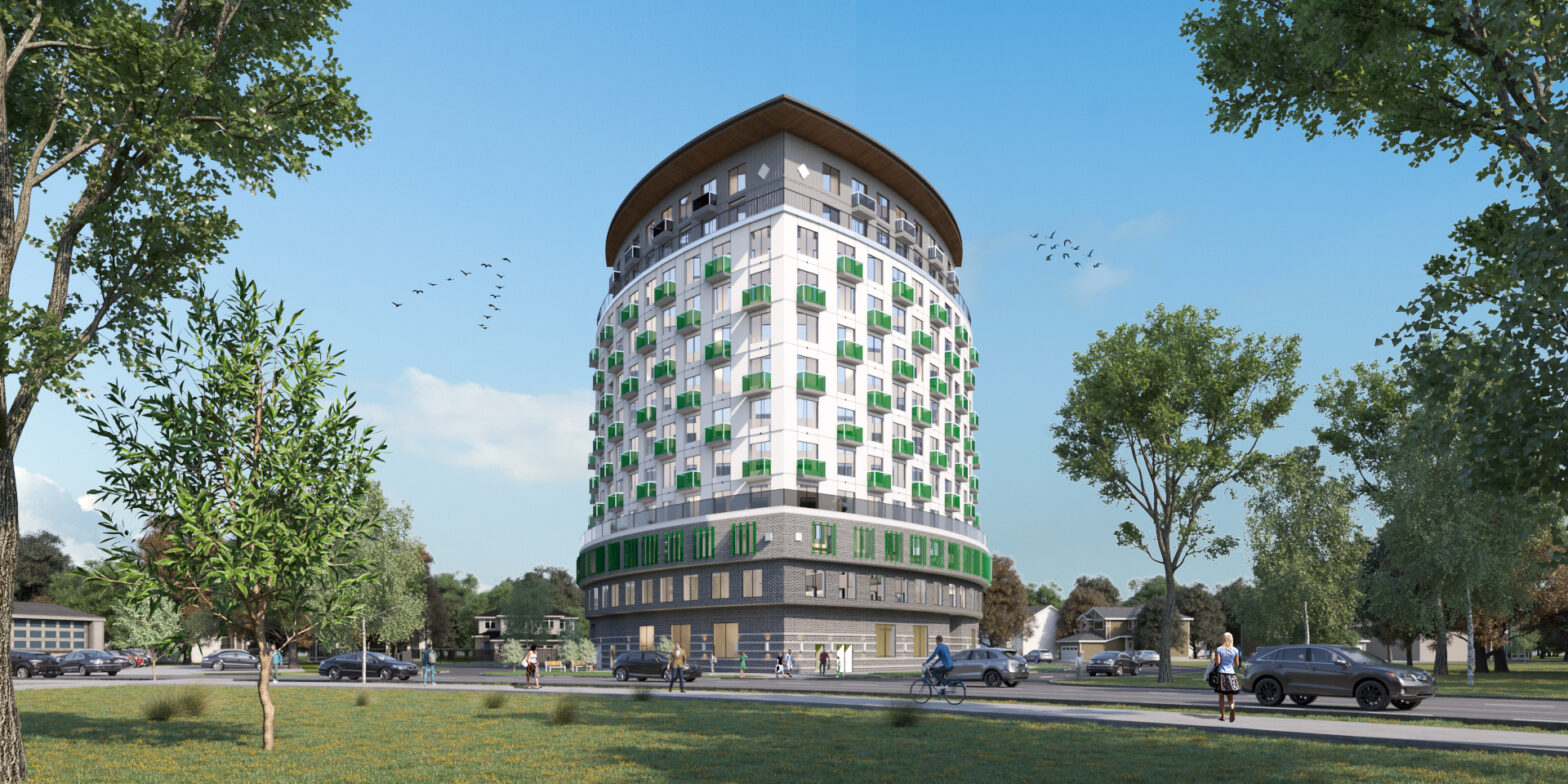A traffic design consultant is a professional who specializes in designing traffic systems that are safe, efficient, and effective. They work with various organizations such as cities, municipalities, and transportation departments to analyze traffic patterns, road layouts, and other factors to develop plans that improve traffic flow and reduce congestion.
The primary goal of a traffic design consultant is to create transportation engineering consultants systems that are safe and accessible for all users, including vehicles, pedestrians, and bicyclists. They consider factors such as traffic volume, speed limits, and road conditions when designing traffic systems to ensure that they meet the needs of the community. In addition to designing traffic systems, a traffic design consultant may also provide guidance on traffic management strategies, parking solutions, and traffic safety initiatives.
They work closely with local officials and stakeholders to ensure that transportation systems meet the needs of the community and are implemented effectively. Overall, a traffic design consultant plays a crucial role in creating safe and efficient transportation systems that benefit the community.
Here are the detailed responsibilities and tasks typically associated with a traffic design consultant:
Traffic Analysis and Data Collection:
- Conducting traffic studies to assess current traffic conditions, including traffic volume, flow patterns, speeds, and congestion levels.
- Utilizing traffic counting equipment, video surveillance, and traffic modeling software to gather and analyze traffic data.
- Examining accident reports and identifying locations with high crash rates to prioritize safety improvements.
Transportation Planning:
- Developing transportation plans and strategies to accommodate current and future traffic demands.
- Identifying transportation goals and objectives based on community needs, urban development plans, and policy directives.
- Integrating transportation planning with land use planning to promote sustainable development and reduce reliance on private vehicles.
Traffic Engineering and Design:
- Designing roadways, intersections, roundabouts, and other traffic control devices to improve traffic flow, safety, and efficiency.
- Conducting geometric design analysis to determine appropriate lane configurations, turning radii, and sight distances.
- Implementing traffic calming measures such as speed humps, chicanes, and traffic islands to reduce vehicle speeds and enhance pedestrian safety.
Traffic Signal Optimization:
- Analyzing signal timings and coordination to optimize traffic signal operations and minimize delays.
- Implementing adaptive signal control systems and intelligent transportation systems (ITS) to dynamically adjust signal timings based on real-time traffic conditions.
- Developing signal phasing and timing plans for intersections to improve traffic flow and reduce congestion.
Pedestrian and Bicycle Facilities:
- Designing and implementing pedestrian crosswalks, sidewalks, bike lanes, and shared-use paths to enhance pedestrian and cyclist safety.
- Incorporating features such as curb ramps, pedestrian islands, and bike racks to improve accessibility and promote active transportation modes.
Public Engagement and Stakeholder Collaboration:
- Engaging with local communities, residents, business owners, and other stakeholders to gather input and feedback on transportation projects.
- Conducting public meetings, workshops, and surveys to solicit community input and address concerns.
- Collaborating with government agencies, transportation authorities, and elected officials to ensure that transportation projects align with community needs and priorities.
Regulatory Compliance and Permitting:
- Ensuring that transportation projects comply with relevant federal, state, and local regulations, standards, and guidelines.
- Obtaining permits and approvals from regulatory agencies for transportation infrastructure projects, including environmental permits, right-of-way permits, and construction permits.
Environmental Impact Assessment:
- Assessing the potential environmental impacts of transportation projects, including air quality, noise pollution, and habitat disruption.
- Developing mitigation measures to minimize adverse environmental effects and promote environmental sustainability.
Overall, traffic design consultants, like those at n Engineering inc., play a critical role in shaping the transportation infrastructure of cities and communities, with a focus on improving mobility, safety, and accessibility for all users of the transportation system. They collaborate with a wide range of stakeholders to develop innovative solutions that address complex transportation challenges and enhance the quality of life for residents.

